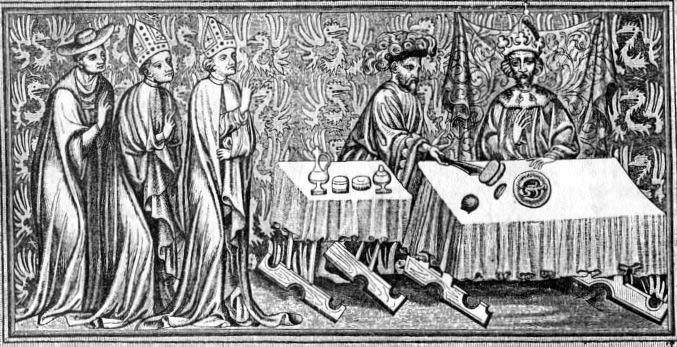
“Our era” begins since a year to which the Christian tradition carries time of the birth of Jesus Christ. It would be possible to consider, however, this year date – let conditional – not only emergence of one of world religions, but also the beginnings of the century conflict which noted several centuries of history of the countries of the Mediterranean and the most part of Europe and exerted that considerable impact on destinies of mankind. The early Christianity opposed to the Roman world idea of the messianic world, expectation of return of Christ. The world through the world, through general reconciliation in Christ had to resist to the world by means of force (which is on service of justice as the official ideology of the Roman Empire claimed). What generated this conflict? The evangelist puts in Jesus’s lips as the answer to a question whether it is necessary to render tribute to the emperor (Caesar) – that is the taxes established by the Roman authorities – the well-known saying: “Quae sunt Caesaris Caesari et quae sunt Dei Deo” (the IATF., XXII, 21). Of course, direct hints on inevitability and irreconcilability of fight against the empire occur already in Jesus’s words to pupils that he brought not the world, but a sword on the earth. “Also you will be hated by all on account of My name” (the IATF., X, 22). But the gospel is full of contradictions and mutually exclusive statements. Church authors throughout centuries emphasized the irreconcilable, in their opinion, conflict between new religion and the Roman Empire. “Peacefully these two forces could not get on among themselves, – the famous historian of the last century F. V. Farrar wrote, for example, – fight had to begin, and fight had to go on life and death. There was no opportunity for any compromise. Here it was talked not less, as of the world domination. Such fight could end only with a clear victory from this or that party”. Rome could neglect Christianity while it was strong, and it was one of a set of sects which the power considered though harmful, but not dangerous messengers of superstitions. In it an obvious explanation of an external paradoxicality of the history of prosecution of Christianity which was that while it was valid the antagonist of Rome, the new doctrine was suffered, and persecutions were developed when it quickly ripened for the union with the empire. Possibilities of such metamorphosis lay that the Christianity was religious ideology. It expressed real terrestrial expectations enslaved, oppressed and deprived of civil rights in the mystified form which was quite possible to be filled absolutely with other class contents over time. And the fact that the Christianity reflected also disappearance of hope for the better life here – in the guilty earth, and promised disposal in other life – in the sky, from the very beginning created a possibility of transformation it in the tool of spiritual suppression of masses by the powers that be, muting of national indignation. Who was a winner in the conflict between Christianity and the Roman power which stretched at least for one and a half-two centuries? Church and after it bourgeois historical science considered axiomatic the answer to this question. Unless the cross victory by the statement of Christianity for many and many centuries as the dominating dogma in tens of the countries and for many people is not proved, to those, at last, that Rome became the center of new religion? However in practice the answer is not such unambiguous to what it seems in the beginning. He assumes, first, that the won Christianity of the 4th century was the same initial Christianity which arose in two-three centuries before. And incorrectness of such identification is obvious – originally the Christianity had no also in mention of that powerful hierarchically constructed organization which is called as church and which, actually, and won a victory. And if to take real, terrestrial fundamentals of religion, then Christianity of the end of the 1st and 2nd centuries and Christianity of the 4th century in many respects even antipodes. And at last, whether it is possible to speak about a victory in the conflict when the church went to work to that power against which it fought? This victory was at best that the church imposed itself as the ally of this empire (more precisely – convinced her of need to resort to the help until recently of the driven opponent). But with the smaller basis it is possible to tell about an empire victory though it, eventually, forced to serve itself the former enemy. The union of church and the empire did not prevent inevitable falling of the Roman power as reflections of crash of slaveholding and transition to a new, feudal formation. The sense of the conflict of Christianity and Rome changed in process of change of the Christianity and the empire, and the way of its permission was defined by “raznotipnost” of antagonists, one of whom was a church as the embodiment of new religion, and another – the secular state. The possibility of a compromise or even the union between them was concluded, by the way, and that such agreement did not require territorial differentiation of their possession: they could coexist within the same region, in common operate its population. During an antagonism with Rome the Christianity had to sustain also other fight. Not only in Palestine, but also in general then the mass of “founders” of religion in the east appeared. Christianity, addressing all people without distinction, won a victory and became world religion. And all world religions were guarding ideology of certain class and antagonistic formations. The early Christianity condemned coercion in questions of belief – against such violence directly warns the Epistle to the Corinthians of the apostle Paul (Box. 1, VIII, 12). Despite strict discipline of early communities, church, at least, it is formal, did not find it possible to punish mistaking, especially to betray their executions. Paul directly says that the weapon of church – not the terrestrial weapon (Box. 2, X, 4). But the future belonged to supporters of violent introduction of orthodoxy. The blessed Augustine who was not the extreme supporter of prosecutions, nevertheless, considered that there is no more deadly threat as a hobby, than freedom to be mistaken. However persecutions on Christians as the church itself directs in the first rows of persecutors hardly stopped. Having reconciled with the Roman state, it especially becomes irreconcilable concerning Roman (more precisely, Greek-Roman) cultures, except those its elements to which the part of additional props of new religion was assigned. “So, it was won – this dragon of paganism, won after raged nearly 300 years against Christianity. The victory was full and perfect …” – wrote quoted higher F. V. Farrar. However if to consider the conflict only as collision of Christianity and paganism, then “full and perfect” the victory of the first will be in practice extremely limited both geographically, and chronologically. The most part of the known then world, especially in Asia and Africa, appeared, eventually, out of a Christianity sphere of influence. From the main part of Asia Minor, and from other regions the Christianity at the beginning of the 7th century was forced out from all North African coast by Islam. Whether it is possible to speak about the conflict between Christianity and Rome as about the international conflict – it was developed within one state? This state “did not embrace” as historians once wrote, the main part known then to inhabitants of the Mediterranean of the world (data on communications of this region with India and other distant countries are saved up now). However it was the huge special world in which internal communications were incomparably more important, than separate contacts with other regions. There are century conflicts which are on the verge between the internal and external conflicts. The conflict of Christianity and the empire was it. In the development it began to reflect not only class fight in the Roman world power in general, but also the aspiration to independence of the subdued people which was inevitably intertwining with fight of Rome against his external opponents and in Asia Minor, and in Europe. The Christian church (more precisely, churches) participated throughout nearly two millennia in the majority (though not in all) the century conflicts – at first as one of the main antagonists, and later – as auxiliary, but always significant and influential force. And the church at the same time steadily made use of experience of the first century conflict – during it there was a Christian legend, both legendary, and true founders of new then religion participated in it. Appealing to this experience, interpreting it in the sense, necessary for itself, the church at the same time as if mobilized all moral authority of Christian tradition against the opponents in the conflicts absolutely of other time. Evangelical narratives for centuries were plots, habitual since the childhood, with which invested lectures and hopes, political likes and dislikes. Great artists of the Renaissance and the largest writers of the different countries of the world were fond of them. They were a subject of scientific researches, apologetic treatises, original hypotheses and the conjectures calculated on sensation. Through a prism of the evangelical legend every time argued and judged the problems and needs. But in interest which was kept by evangelical history and for the people very far from religion not only topical character affected. This interest wakens also moral searches, melancholy for justice where pilots and Judas were generated by all system of public life, aspiration to open the reasons of the world evil. Heinrich Heine when he in memorable words demanded the answer to an immemorial question wrote about it:
Why under the godmother’s burden
In total in blood right is dragged?
Why everywhere disgraceful
It is met by honor and glory?
The conflict between the empire and Christian church interesting not only his contemporaries, but also their far descendants, found continuation in the conflict between the empire and the barbarous world which various parts adjoined the different theological schools which arose in infinite dogmatic disputes of the 4th century. In the Middle Ages the Catholic church was the international center of feudal system. Despite internal wars, it united all Western Europe in certain whole which resisted as Greek-orthodox, and to the Muslim world. In the VII century with emergence of Islam fight between new world religion and Christianity quickly became a form of armed conflict between the most powerful then the states. Throughout VII and the beginning of the 8th century Arabs under a banner of Islam occupied the most part of Asia Minor and the Mediterranean coast of Africa, seized Spain, but got beaten in fight at Poitiers – in Southern France – and receded for the Pyrenees. One of the famous western publicists and historians – A. Kestler – tried to represent this conflict, using a lexicon of “cold war”: “At the beginning of the 8th century superstates – Christianity and Islam became poles in the world. Their ideological doctrines were soldered to the strong-arm tactics pursued by means of classical methods of promotion, subversive activities and a military gain”. Whether it is necessary to say that carrying out such artificial parallels, transferring of realities of today’s era on the conflicts of last distant centuries is capable not to be explained, and only to darken the main point. As the main antagonists in the conflict of Christianity and Islam the Byzantine empire and the Arab caliphate originally acted. Gradually the center of Christian camp moved to Western Europe. Since the end of the 11th century the religious conflict again imperiously interferes in the sphere of the interstate relations of the countries of Europe and Asia Minor. Crusades which reasons deeply rooted in social and economic development of Western Evropy begin. Crusades were one of the major factors forming system of the international relations. Certainly, fight of the empire and papacy left the strongest mark on crusades though they were reflected in consciousness of contemporaries first of all as an antagonism of Christianity and Islam; appeals of papacy to release of a Lord’s coffin were inseparably linked with claims of Rome on the Supreme power over the whole world. Even at the beginning of Renaissance, by the end of the Middle Ages, Europeans did not realize that the Western Roman Empire stopped existence for one thousand years before, – as its direct continuation still considered the Sacred Roman Empire including mainly German states in the structure. In the 5-6th centuries in compositions of Christian writers, in sermons and solutions of church cathedrals there is a new image of Rome as the fourth and last monarchy predicted by the prophet Daniil which already Kingdom of God has to replace. Gradually ideas of “the Roman world” and “the Christian world” merge. Prayers rise for wellbeing of Rome, god is drawn by the patron of the empire” which becomes a Christianity synonym. (After fall of the Western Roman Empire this express thoughts remained in Byzantium.) The father Lev Veliky (440-461) declares that the Roman church confirms and updates universal mission of the Roman Empire. And in several decades Gelasius I (492-496) already proclaims supremacy of the power of the Roman high priest which monarchs are obliged to answer. However, these claims came too early, their promotion was accelerated by process of disintegration of the Western Roman Empire. In the next century after Italy for a while was the subordinate of Byzantium, the father Grigory the Great (590-604) represents the empire as external expression of universal claims of Christianity – therefore it will exist to the doomsday. At the same time the church has the spiritual mission overstepping the bounds of the empire. Mission not only for providing the world in church, but also for familiarizing with Christianity of pagans is also assigned to the empire. In claims of papacy its future antagonism with the Sacred Roman Empire already disappeared in a germ. The western historians – especially German – wrote the whole libraries of the books devoted to fight of papacy and the empire. In the old, domarksistsky literature lighting mainly if not only, the political party of this fight, its originality – as collision of two forces which influence extended in this or that form to many states of the world of that time was shown. Only gradually – under the growing influence of a Marxist historiography – the social and economic reasons of fight, especially participation of the rich lombardsky cities in it, class composition of parties of supporters of the empire and papacy in these Italian communes began to be investigated. The part of historians even considered the Italian cities as the third independent force in the century conflict which role steadily increased. Class fight in communes long was still painted in colors of gvelf and gibbelin (supporters of the father and the emperor) – and when already very few people remembered that these words came from the Italian distortion of a name of the Bavarian dukes Welfen and names of the Castle Waiblingen (from whom there was the second name of dynasty Hohenstaufen). Ideological forms of the interformational conflict will begin to be used then partly for the intraformational conflict and vice versa. Quite so happened in confrontation of Christianity to the Roman Empire, and then – papacy with the Sacred Roman Empire in the Middle Ages. In this medieval conflict any of the parties did not express progressive tendencies in development of the Western European society though forces which were their carriers (especially in the North Italian cities), often as it was already specified, entered into alliance with one of the conflicting camps. At the end of the 15th century the empire began to be called even more often the Sacred Roman Empire the German nation. It is unlikely it was a tribute to the wakening German national consciousness. But, undoubtedly, was recognition of loss of domination over Italy and loss of hopes for pan-European hegemony. Plans of the universal empire, however, soon were revived, but already on other basis which is only formally connected with an antagonism of the empire and papacy in the previous centuries (about it below). In the latest West German historiography the apologetic image of the Sacred Roman Empire as the supranational state which was based on religiouspolitical unity of Western Europe whereas in practice it is possible to speak only about attempts of creation of the similar universal power prevails. The West German historians quite often deny that fight of the empire against papacy for hegemony exerted destructive influence on historical destinies of Germany, promoted its subsequent territorial disintegration, and on the contrary, contrary to truth claim, as if this fight had positive value for all European civilization.

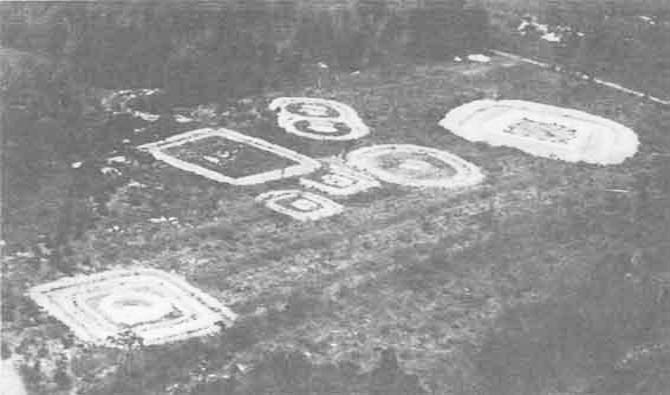
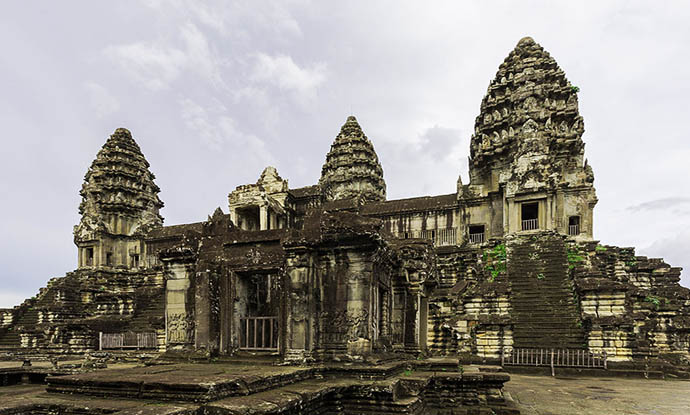

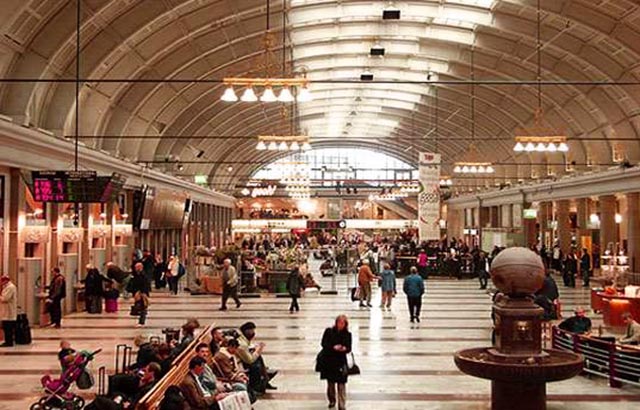
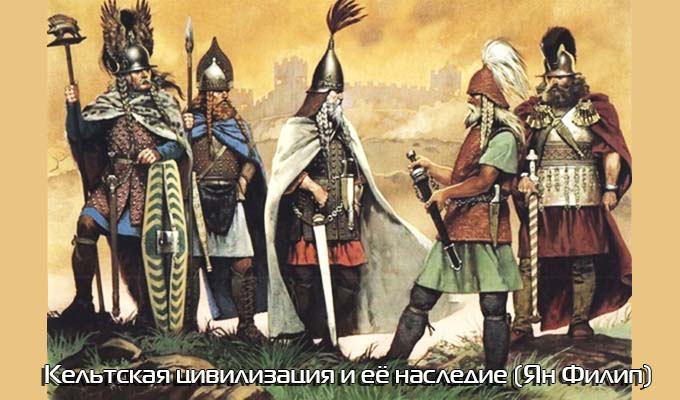
Leave a Reply